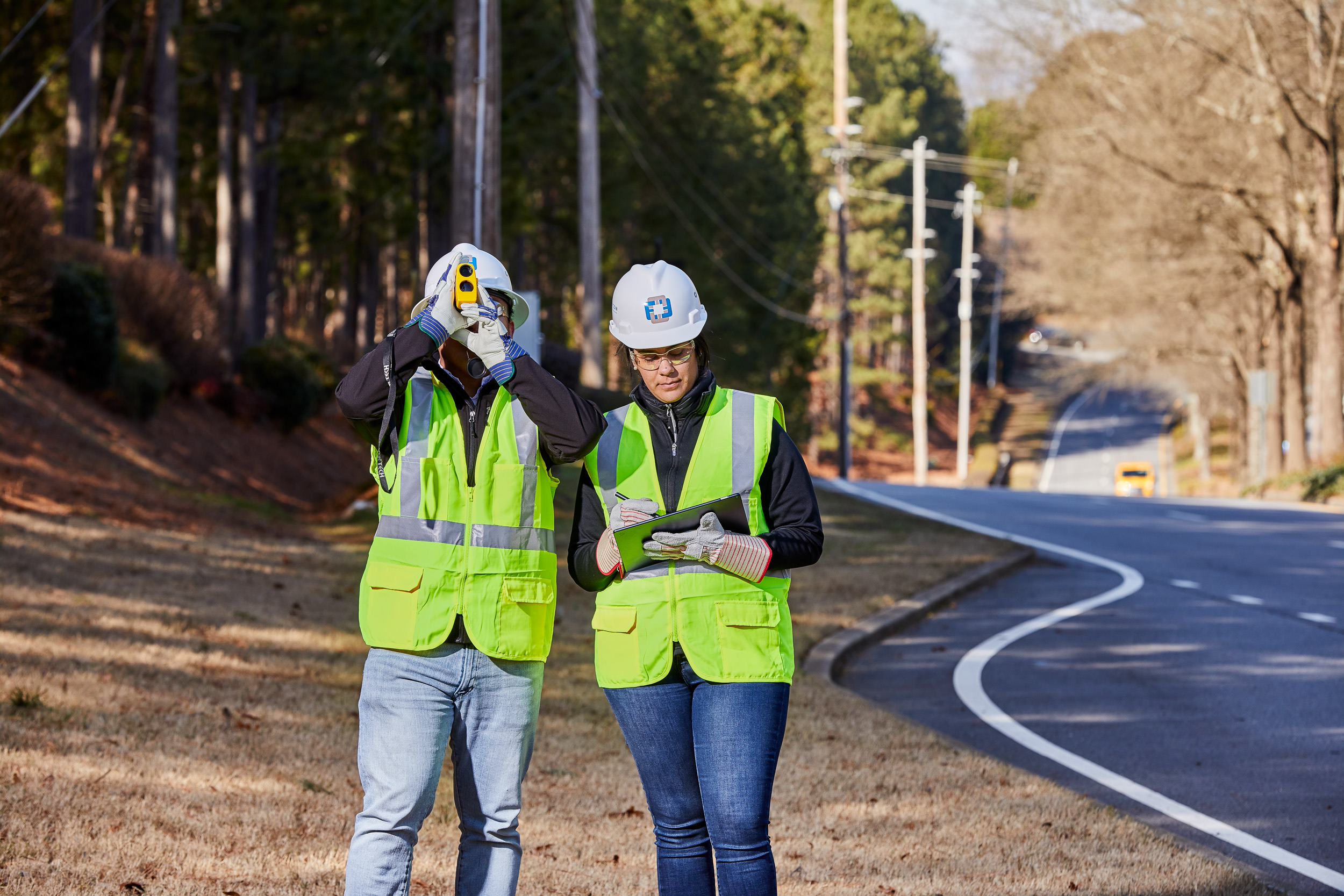By: Dan Scherle
Social demands, modern energy sources, increased technology requirements – reliable energy is non-negotiable and utilities across the country are overhauling their grid to create a smarter, more reliable, modern system. Though this requires strong capital investment, there are large, tangible benefits for both utilities and their customers. Here are five benefits of a modern distribution grid:
Reliability Through Automation
A modern distribution grid should rely heavily on system automation platforms to assist in the improvement of reliability metrics (SAIDI, SAIFI, CAIDI, etc.). Redundancy within the system along with the ability to remotely re-configure alternate feeder routes allows customers who would have previously experienced an outage to remain online when they are not directly affected by a fault. By decreasing the need for time-consuming manual processes and increasing the amount of system-wide automation capabilities, traditional response and service times are significantly reduced while power reliability and customer satisfaction is considerably improved.
Heightened Safety Benefits
It is imperative that the design, construction, and operation, and maintenance of today’s distribution system secures the safety of the utility workforce as well as the general public. A modern distribution grid can continue to reduce safety incidents by:
- Following strict National Electric Safety Code (NESC) engineering and construction standards
- Implementing proper device failsafe modes
- Reducing human exposure through smart system communication and automation devices
Improved Physical Security
Impacts from natural disasters and weather events offer a difficult challenge for utilities to generate and deliver reliable power to their customers. Hurricanes, earthquakes, winter storms, wildfires, and flooding all threaten the physical security of a distribution system and must be considered when implementing any type of modernization or grid investment program. Measures to harden or strengthen the physical infrastructure of the system improves grid resiliency and reduces outage restoration times.
Upgraded System Response Time & Efficiency
Applying a comprehensive Distribution Management System (DMS) to a modern network allows access to collecting, organizing, and displaying real-time system information. Accompanied by integration into geographic information systems (GIS), outage management systems (OMS), and customer information systems (CIS), ensure safe and efficient grid operations. System response times can be improved in the following areas:
- Crew scheduling, dispatching, and tracking
- Generating and assigning work orders
- Executing distribution system operations such as switching orders
Increased Customer Options and Satisfaction
The overhaul of the distribution grid to a smarter, more reliable, modern system, allows customers to enjoy new ways of interacting with the power grid as both a consumer and a provider. As a consumer, customers can experience higher levels of clarity to daily consumption habits via the implementation of smart meters. As a provider, a modern system supports the participation of Distributed Energy Resources (DER) and allows customers to explore new options with the installation of residential solar systems to their home or business. A modern distribution system promotes increased transparency between the utility and the customer and ultimately provides a higher level of value to their overall experience.

